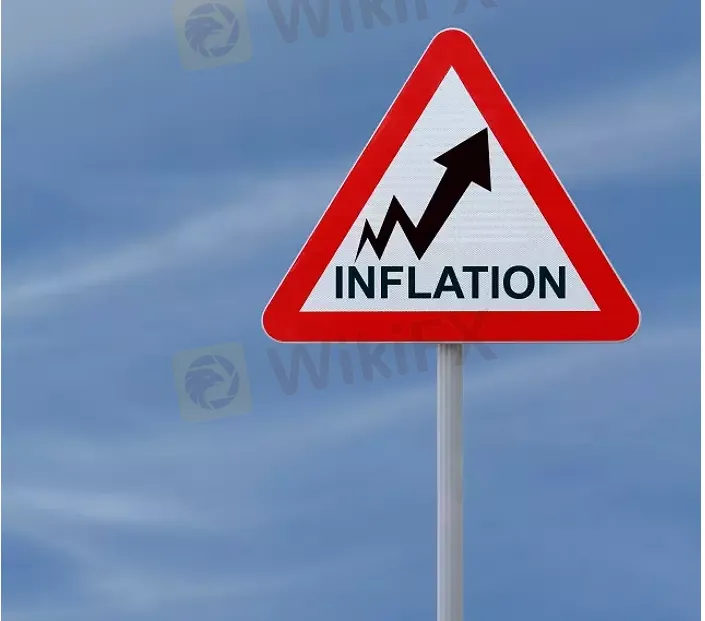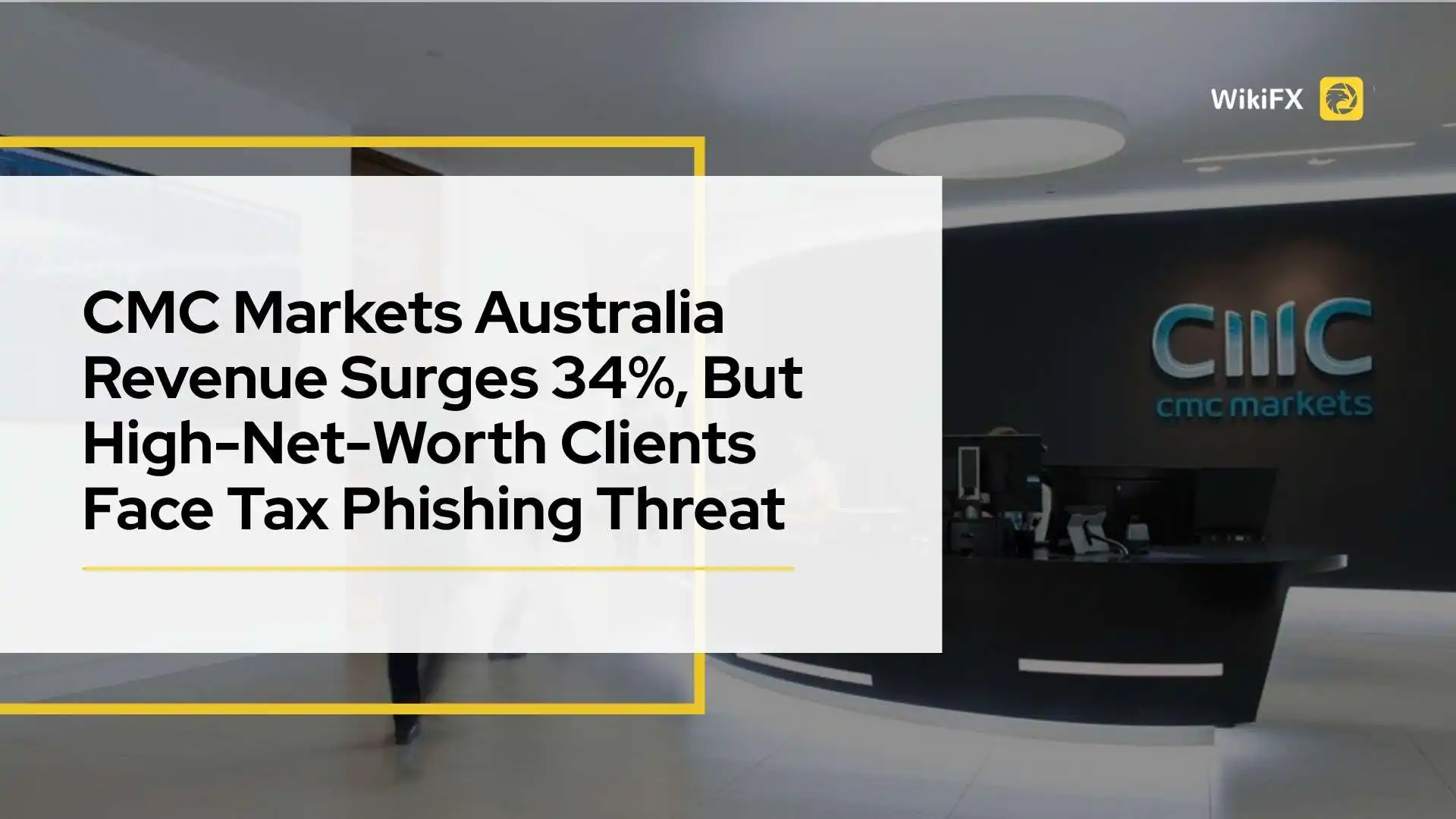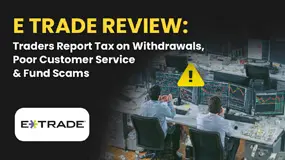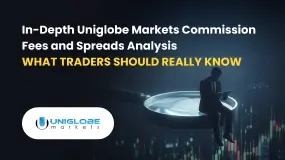简体中文
繁體中文
English
Pусский
日本語
ภาษาไทย
Tiếng Việt
Bahasa Indonesia
Español
हिन्दी
Filippiiniläinen
Français
Deutsch
Português
Türkçe
한국어
العربية
Price Inflation: Definition, Measures, Types and Pros and Cons
Abstract:The simple definition is a general rise in prices. The classic definition is ‘too much money chasing too few goods.’

Inflation news has been dominating the headlines for several months as the global economy begins to slowly reopen following the more than year-long pandemic. The rapid rise in prices has become a top concern as central bankers, consumers and investors fret about the rising cost of groceries, housing, gasoline, and other living expenses. The most immediate way inflation is felt by consumers is the negative effect on purchasing power and quality of life.
What is Inflation?
The simple definition is a general rise in prices. The classic definition is “too much money chasing too few goods.” The price of individual items fluctuates all the time so it takes a collection of items rising at the same time to drive the inflation meter higher.
How is Inflation Measured?
Probably the best-known measure of inflation in the U.S. is the Consumer Price Index (CPI), which measures the average change in prices paid by urban consumers for things like food, clothes, housing, and transportation. The Federal Reserve measures inflation by the personal consumption expenditure (PCE) price index. While CPI looks at what people are buying, PCE looks at what businesses are selling.
Core inflation is another term that is tossed around quite often. It takes into consideration all inflation minus food and energy, which tend to be volatile. They can be influenced by oil supply and weather, and since the events can be deemed as short-term, their numbers are stripped out of the total inflation picture.
Cost-Push Inflation vs. Demand-Pull Inflation: Whats the Difference?
Cost-push inflation is not that common. It starts with a decrease in total supply or an increase in the cost of that supply. Suppliers raise prices because they know consumers will pay it.
Demand-pull inflation exists when aggregate demand for a good or service outstrips aggregate supply. It begins with an increase in consumer demand. Sellers meet such an increase with more supply. But when additional supply is unavailable, sellers raise their prices. (Learn more about cost-push and demand-pull inflation here.)
Why Should I Care About Inflation? (Pros and Cons)
It‘s the Fed’s job to calm people‘s nerves over inflation. Generally speaking, consumers don’t worry about inflation being too low.
Throughout April and May 2020 at the start of the pandemic when prices were plunging, consumers werent fretting over low food and gasoline prices. They were focused on avoiding coronavirus. While quarantined, and with the economy on lockdown, fewer people were driving and gasoline and crude oil prices fell sharply.
Now that most of the lockdowns have ended, more people are working and individuals are driving and flying. This is driving up gasoline and crude oil prices. In other words, prices are reflating from extremely low levels in early 2020 to higher prices in the Spring/Summer of 2021.
Historically low-interest rates are also helping to drive inflation higher. When the economy was stable in early 2020 before the pandemic, mortgage rates were relatively stable but higher than they are at this time. When the Fed slashed its benchmark rates, mortgage rates fell sharply. Low mortgage rates are one of the factors driving up demand for housing.
Demand for housing is increasing, but the supply of available homes to buy is low so people are building new houses. After a sluggish 2020 drove down demand for building materials such as copper and lumber, the current surge in home building is driving up demand for these materials. The increase in prices is another contributing factor to a rapid rise in inflation.
The Fed sees the rise in gasoline, copper, and lumber prices as a temporary reaction to the reopening of the economy. They dont see the rise in prices as here to stay. Policymakers can explain away the jump in prices as economic growth. They feel they have the measures to combat inflation, but they also run the risk of stopping growth too fast.

Disclaimer:
The views in this article only represent the author's personal views, and do not constitute investment advice on this platform. This platform does not guarantee the accuracy, completeness and timeliness of the information in the article, and will not be liable for any loss caused by the use of or reliance on the information in the article.
Read more

CMC Markets Australia Revenue Surges 34%, But High-Net-Worth Clients Face Tax Phishing Threat
CMC Markets Australia reports a 34% revenue surge. Simultaneously, the company's high-net-worth clients are facing a serious tax-related phishing threat.

E TRADE Review: Traders Report Tax on Withdrawals, Poor Customer Service & Fund Scams
Has your E Trade forex trading account been charged a withholding tax fee? Did your account get blocked because of multiple deposits? Did you have to constantly call the officials to unblock your account? Failed to open a premium savings account despite submitting multiple documents? Is fund transfer too much of a hassle at E Trade? Did you find the E Trade customer support service not helpful? In this E Trade review article, we have shared certain complaints. Take a look!

mBank Exposed: Top Reasons Why Customers are Giving Thumbs Down to This Bank
Do you find mBank services too slow or unresponsive? Do you find your account getting blocked? Failing to access your account online due to several systemic glitches? Can’t perform the transactions on the mBank app? Do you also witness inappropriate stop-level trade execution by the financial services provider? You are not alone! Frustrated by these unfortunate circumstances, many of its clients have shared negative mBank reviews online. In this article, we have shared some of the reviews. Read on!

In-Depth Uniglobe Markets Commission Fees and Spreads Analysis – What Traders Should Really Know
For experienced traders, the cost of execution is a critical factor in broker selection. Low spreads, fair commissions, and transparent pricing can be the difference between a profitable and a losing strategy over the long term. This has led many to scrutinize the offerings of brokers like Uniglobe Markets, which presents a tiered account structure promising competitive conditions. However, a professional evaluation demands more than a surface-level look at marketing claims. It requires a deep, data-driven analysis of the real trading costs, set against the backdrop of the broker's operational integrity and safety. This comprehensive Uniglobe Markets commission fees and spreads analysis will deconstruct the broker's pricing model, examining its account types, typical spreads, commission policies, and potential ancillary costs. Using data primarily sourced from the global broker inquiry platform WikiFX, we will provide a clear-eyed view of the Uniglobe Markets spreads commissions prici
WikiFX Broker
Latest News
WikiFX's New Evaluation of ATM Capital LTD: Does its License Protect the Arab Investor?
How a Fake Moomoo Ad Led to the “New Dream Voyage 5” Scam
Is Axi Legit? A Data-Driven Analysis of Its Regulatory Standing and Trader Feedback
Trive Investigation: High Score, Hidden Risk - The Profit Paradox
In-Depth Uniglobe Markets Commission Fees and Spreads Analysis – What Traders Should Really Know
FXPesa Review: Are Traders Facing High Slippage, Fund Losses & Withdrawal Denials?
CMC Markets Australia Revenue Surges 34%, But High-Net-Worth Clients Face Tax Phishing Threat
Bessent believes there won't be a recession in 2026 but says some sectors are challenged
Young Singaporean Trader Grew USD 52 into a USD 107,700 Portfolio
Is GGCC Legit? A Data-Driven Analysis for Experienced Traders
Currency Calculator



